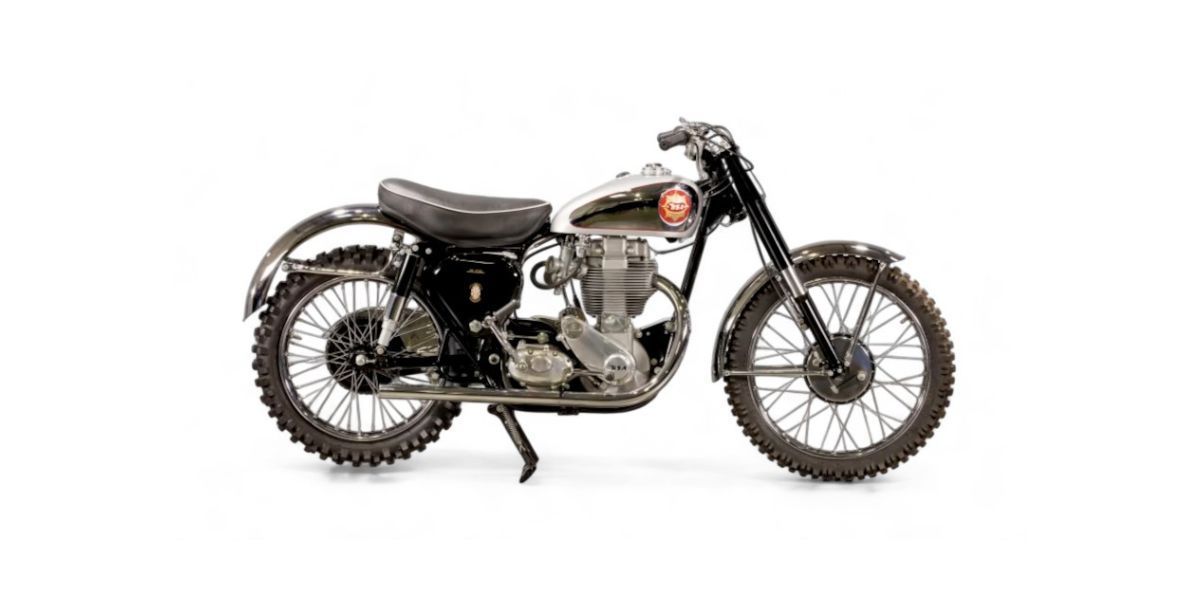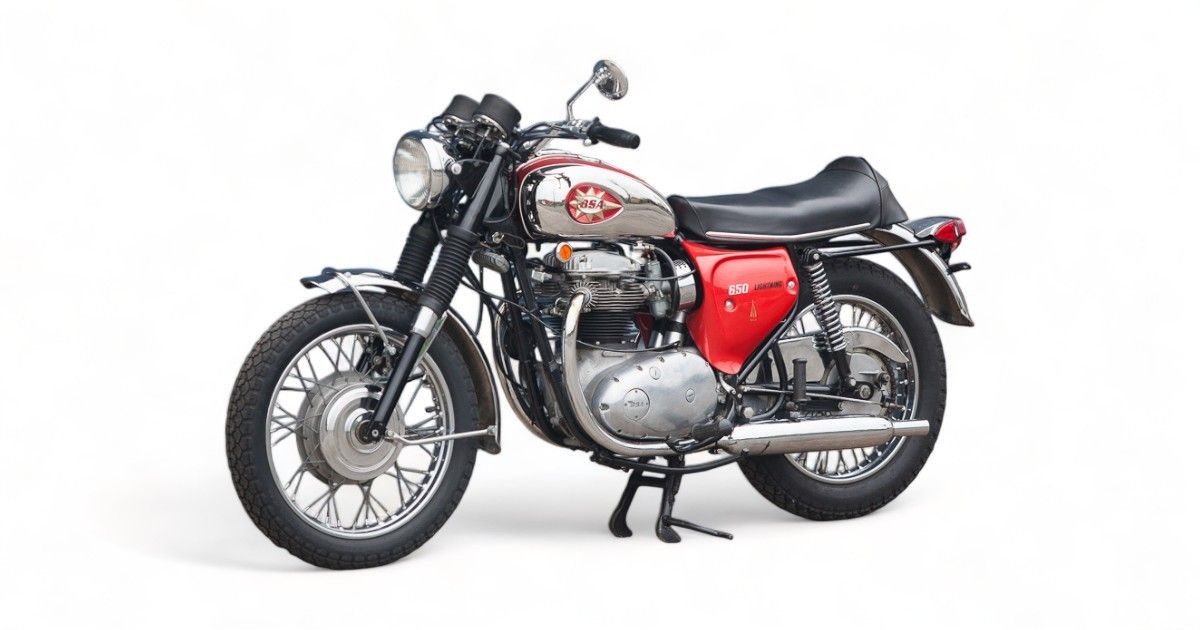History of BSA
The Story of a Motorcycle Legend
Since its founding in 1861, BSA has made a name for itself in military operations, sports, and manufacturing. The company had humble beginnings, but soon became one of the most well-respected names in history.
However, its story is a complicated one, and the company went through several iterations and a series of mergers before being dissolved in 1973. Nevertheless, it played a significant role in shaping the history of motorcycles in England.
Origin Story
Originally founded as Birmingham Small Arms in England during the 1800s, the company began producing rifles for the British military. They produced their first motorcycle in 1910—a 31/2 H.P. belt drive machine. The bike was a success and spawned many more models by the 1920s. In the ensuing years, BSA would buy several other motorcycle companies including Triumph, New Hudson, Ariel, and Sunbeam.
By the 1950s and 1960s, BSA was one of the largest mass-producers of motorcycles in the world. However, foreign competition from Japanese makers like Honda and Yamaha brought its fortunes down in the 70s and 80s, and it eventually went bankrupt in 1973.
Several companies have attempted to revive BSA since its discontinuation—but without success. Now, the Indian conglomerate
Mahindra & Mahindra, is set to give it another try with the 2021 launch of the BSA Gold Star, as part of its strategy to become a major global player in the motorcycle business.


History
The Early Years
The BSA motorcycle is one of the most iconic British motorcycles in history. The Birmingham Small Arms Company, or BSA, was started by gunsmiths in 1861. By 1880, they had become the largest arms manufacturer in Europe and were already producing motorcycles by 1910.
By the time the First World War broke out, BSA was already a well-established manufacturer of firearms and quickly pivoted to producing weapons for the British military.
After the war, BSA started producing motorcycles again and became a household name in Britain. BSA bikes quickly became a popular choice for both competition and street riding, due to their quality construction, dependability, and innovative design. Their early models were also very affordable—a huge draw for the average citizen.
The Post War Years
After World War II ended in 1945, BSA's wartime production of weapons was no longer necessary. The company decided to invest its resources into improving the existing models. They had been producing three-wheelers since World War I, but once the war had ended, that style of trike fell out of favor with consumers in favor of the more stable four-wheeled vehicles then available.
New dealerships opened in Britain and abroad as more people began riding motorcycles as a hobby rather than just a means of transportation. The company also expanded into new markets, designing and selling its first off-road bike in 1949. By 1960, it had introduced a wide range of models in different sizes and styles—and was the world's largest motorcycle manufacturer until 1972 when various factors led to its bankruptcy.
Key Milestones
War Contributions
-
1914List Item 1
While the First World War was raging, the BSA Company began producing 1.5 million rifles, machine guns, and other weapons to support The Great War effort. BSA also produced ambulances and staff cars under its Daimler brand.
-
1920List Item 2
Following World War I, BSA bought several airplane-manufacturing assets from Airco.
-
1931List Item 3
It reactivated its arms-making equipment from World War I and began producing gun carriages for the British Army. BSA also bought the Lanchester Motor Company, which produced contract vehicles for the British military.
-
1939 - 1945List Item 4
At the onset of World War II, BSA produced munitions components and Browning guns for Britain's military forces. To produce these wartime items, BSA used machines and assembly techniques developed during peacetime. In addition, the company produced 126,334 motorcycles for the British military, all of which were M20s.
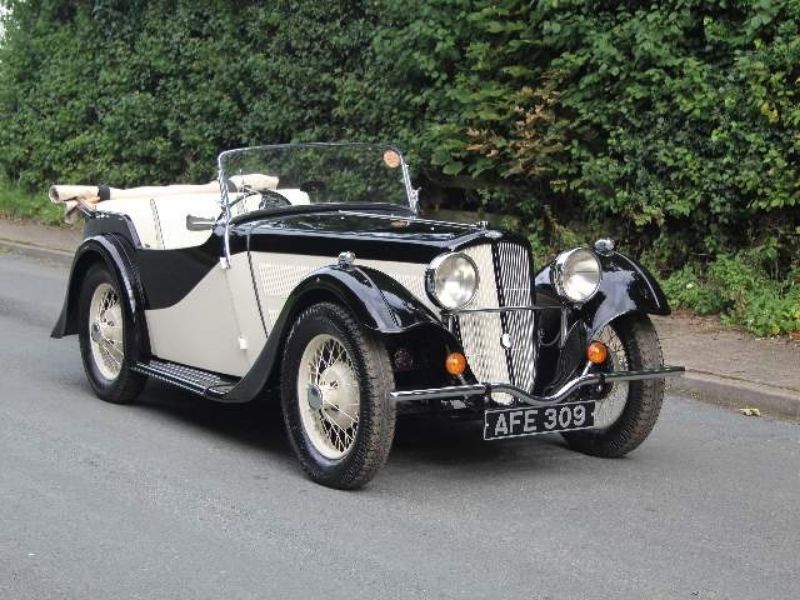
Innovations and Successes
-
1921List Item 1
BSA added automobiles to its lineup with a V-twin engine light car followed by four-cylinder models.
-
1924List Item 2
Four BSAs made history in motorcycling by making the first ascent of Snowdon.
-
1929List Item 3
The company introduced a new line of three- and four-wheeled cars.
-
1931List Item 4
BSA's motorcycle production increased with reliable models known as Blue Stars and Empire Stars.
The Maudes Trophy—awarded to the company that had the most exemplary performance in competitive motorcycle racing—was presented to BSA.
-
1938
The Gold Star was first introduced and featured a 500cc engine. It was an instant hit and quickly became a popular bike for racing. The company continued to produce models of the Gold Star throughout the 1950s and 1960s and it remains one of their most famous models to this day.
-
1950
The BSA motorcycle division of Birmingham Small Arms Company purchased Triumph Engineering Co. Ltd.
-
1953
BSA Motorcycles Ltd. separated from its parent company to become an independent business.
By the end of the decade, BSA was the world’s largest motorcycle maker, boasting a 25% share of the global market and selling one out of every four motorcycles worldwide.
-
1967, 1968
BSA had become a leader in the automotive and motorcycle industry. Their reputation for quality products was proven when they won the Queen's Award to Industry for their export of BSA and Triumph motorcycles.
-
1969
80% of Britain's motorcycle exports were made up of BSAs. Many organizations, including the Automobile Association (AA) in Britain, used BSA motorcycles for patrol duty, and police forces worldwide used BSA machines. The company also introduced its new three-cylinder machines to great acclaim, with a reputation for performance on rough terrain as well as reliability.
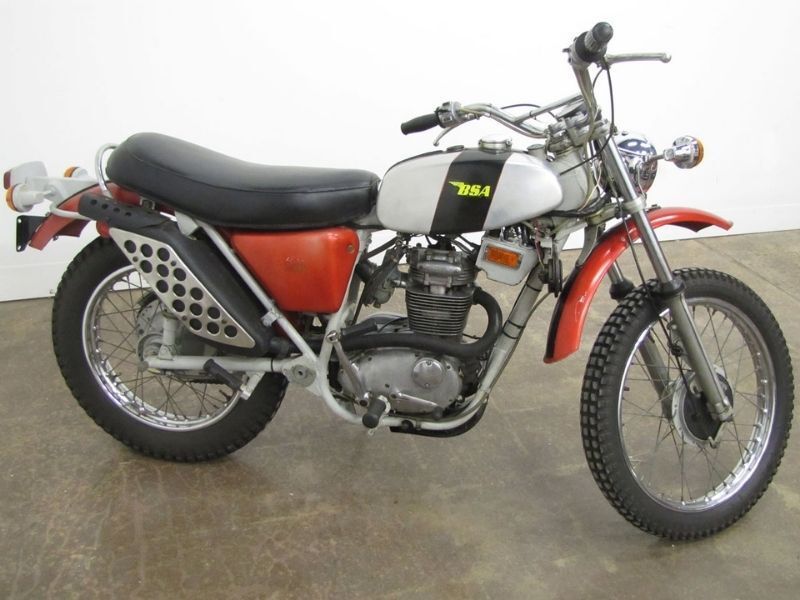
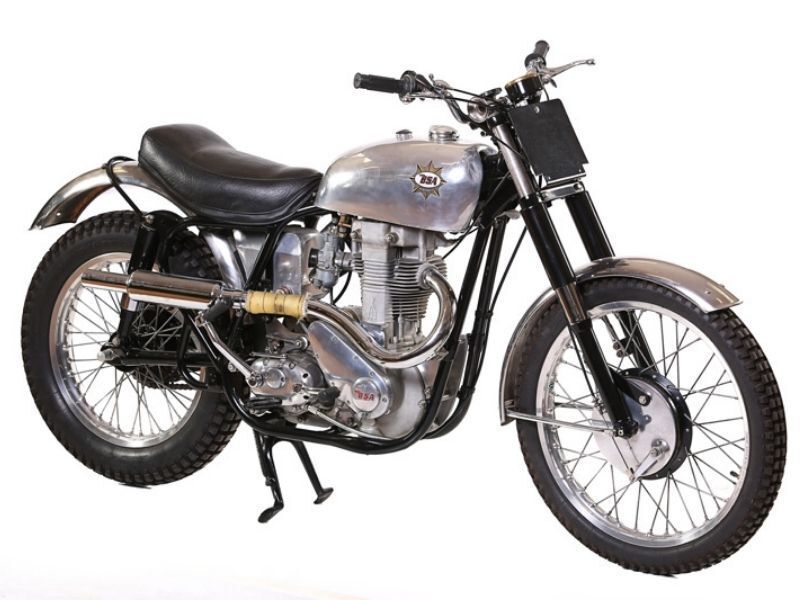
The End of an Era
-
1971List Item 1
Despite the success of many of its models, BSA acquired a trading loss of £3 million. Fearing bankruptcy, the Group attempted to correct this by releasing 13 new revised BSA and Triumph models. Due to production problems, these cars failed to reach the market on time. As a result, BSA was on the verge of bankruptcy at the time of its last production run.
-
1973List Item 2
Sixty-three years of continued production came to an abrupt end.
The Triumphant Return of BSA Motorcycles
-
2016List Item 1
India-based Classic Legends Pvt. Ltd. bought BSA Company Ltd.
-
2021List Item 2
Classic Legends Pvt. Ltd., a subsidiary of the Mahindra Group launched a new model, the new BSA Gold Star.
Taking inspiration from its ancestors, the new Gold Star is designed for comfort and performance. It comes with a 652cc engine that is designed to let you ride the bike for long hours at moderate speeds. Its large-capacity fuel tank will ensure that you don't run out of gas before you reach your destination.
Noteworthy Statistics
While BSA faced increased competition from the likes of Triumph, Norton, and Royal Enfield, it still managed to sell bikes all over Europe as well as North America where they were popular with police forces because of their reliability and ease of maintenance.
- By the early 1950s, Birmingham Small Arms was a major competitor in the motorcycle market—the world's largest motorcycle company—with 25% of all motorcycles sold worldwide bearing the company’s logo.
- In 1969, Triumph and BSA motorcycle sales accounted for approximately 80 percent of the domestic British market, and many organizations such as the AA relied on BSA motorcycles for their patrol machines.
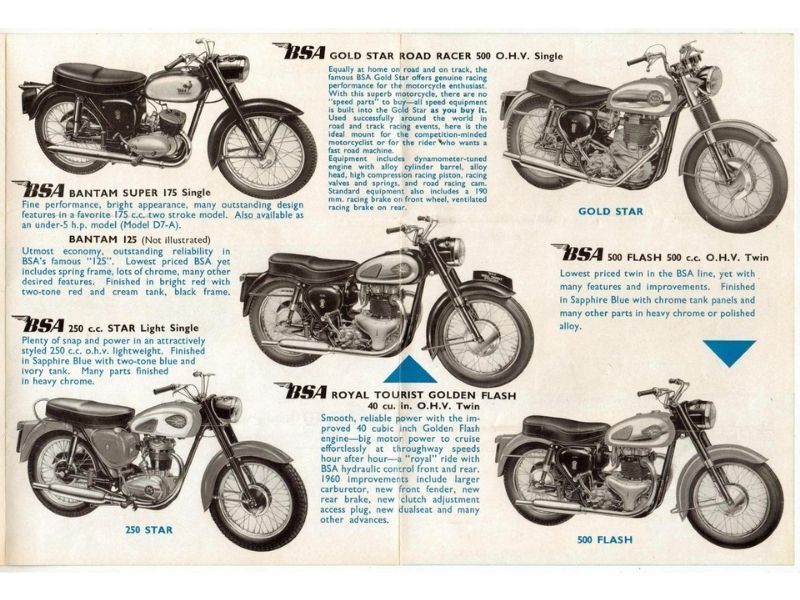
Models by Type
BSA (Birmingham Small Arms Company) motorcycles were produced in the UK from 1910 to 1973. The company produced several models and submodels over the years. Here's an overview of the most notable BSA motorcycle types and models.
List of Services
-
Gold StarList Item 1
One of the most popular models produced by the British BSA company was the Gold Star. Starting life in 1938 as a 500cc single-cylinder machine, it would eventually become a 650cc twin. The Gold Star would live on until 1963.
-
BantamList Item 2
The Bantam (D1-D7) was introduced in 1948 and was a two-stroke single with a 125 to 175cc capacity engine. This model became very popular in post-war Britain, and also for off-road racing. It stayed in production until 1971.
-
Rocket Gold StarList Item 3
The Rocket Gold Star was a development of the Gold Star twin, with a new frame and a 646cc engine with an overhead camshaft. It is considered by some to be one of the best-handling British bikes of all time, but it only lasted two years before being replaced by the A65 Thunderbolt in 1962.
-
A65 Thunderbolt / Lightning / SpitfireList Item 4
In 1962, BSA produced the first A65. The Spitfire was a stripped-down model with a single seat, and the Thunderbolt had a bit more chrome. The Lightning was introduced in 1965 and was a stripped-down version of the Thunderbolt. All of these bikes used the same 650cc engine.
-
B44-B50
The B44-B50 models were smaller 350cc and 500cc singles that were also built between 1964 and 1971. The B44 was developed from the unit construction Rocket Gold Star, which had been introduced in 1963. It proved very successful in scrambles competitions and became a popular road bike as well. It received an engine upgrade to 499cc for 1966, becoming the B50 (while retaining the same model number!).

